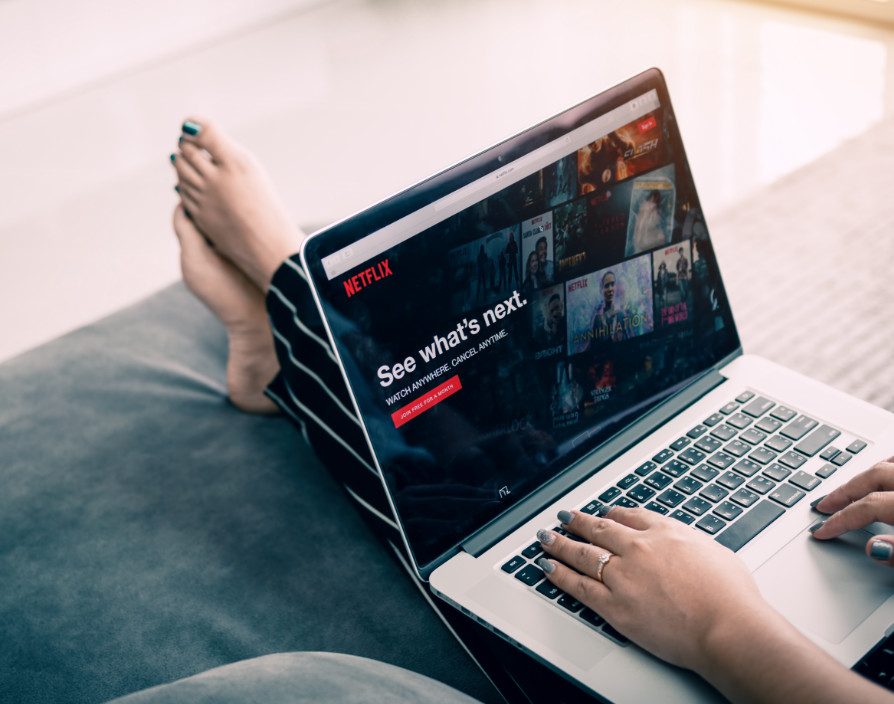Although nearly everyone has been working remotely for the past year, it’s hard to escape the sense that we haven’t really transitioned the management playbook to this new paradigm. Many people retained the feeling that this was all temporary, that it would just be another few weeks before we’d all be back in the office. Managers often didn’t make fundamental changes to the way they worked, they just tried to ride it out until things got back to normal. Even a year in, there was still a sense that this was temporary.
However, now that the narrative has shifted towards the end of the pandemic, many people are starting to appreciate the permanence of the changes it has imprinted on the working world. People are – perhaps for the first time – fully accepting that things aren’t going to be the same as they were ever again, and are only now considering the permanent shifts in working practices that they might have to make. In a perhaps strange way, this situation makes me think of Blockbuster and Netflix. Blockbuster should be what Netflix is today. They had all the money, all the advantages, all the relationships. The reason they aren’t Netflix is that they didn’t come up with a new way of doing things for the new world. They simply took their old way of doing things and tried to do it in the new world. Blockbuster made still just let you rent DVDs from them, only now you could do it over the internet. It was the exact same approach, just using different tools. This isn’t adapting, this is just responding.
Netflix adapted. They started as a DVD online delivery service, but when streaming became feasible, they didn’t just let people rent individual movies and stream them; they created an entirely new way of paying for and consuming content. They adapted to the new world, they didn’t try to make the new world adapt to them.
Managers are faced with a similar problem today. We had a way of working that had been the standard for decades, but the foundations that approach were built on have now changed completely. We have a choice now: we can either try to replicate what we were doing before, or we can design a new way of working built specifically for the world we’re in today. I don’t pretend to have all the answers to this, and they’re going to be different for everyone, but here are the three most common pieces of advice I have found myself giving over the past few weeks.
It doesn’t have to be hybrid
I have noticed that most people have taken it as axiomatic that we should all be adopting a hybrid workplace, where a combination of in office and remote work will become the norm. I think this assumption is the first of many mistakes we can make along this road. A hybrid workplace will not inherently give you the benefit of both remote and in-office work. In fact, if not implemented carefully it will likely just deliver the worst of both worlds. For example, my company, DoThings, has always had a fully distributed workforce. We have never had an office. During that time I have lived and worked in London; England, in Larnaca; Cyprus, Cape Town; South Africa, and I am currently living in Kwale; Kenya. I have worked every day in exactly the same way I worked when I lived in London. I think without question the number one benefit of remote working is the freedom of location it provides. But a hybrid workplace removes that benefit entirely. If I had an office to go to – even if only for one day a month – then I would become immediately confined to living within a reasonable distance of that office.
Equally, there are many things I have missed about office life since I began remote working. The random conversations during the day, the friends I made, the after work drinks – all the non-work stuff really – those things can’t be replicated remotely. But in a hybrid environment, there’s no guarantee that you will retain these things. If you come into the office and hardly anyone is there, it’s not really going to be the same.
My point is that we should not just take it for granted that hybrid is the way to go. As the mighty Ron Swanson once said: Never half-ass two things. Whole ass one thing.
Tool Up
This is a drum I feel like I’ve been beating for my entire adult life, but never has it been more important than now. We can’t keep living in the dark ages when it comes to how we use technology within management. We have to ditch the spreadsheets, stop emailing documents to each other, stop manually performing repetitive tasks, and stop hoarding information. Far too many managers are still refusing to learn how to use technology to make their jobs easier and more impactful. If you haven’t learned how shared documents work in Google Drive or OneDrive, you need to do that. If you’re using spreadsheets as forms for things like performance reviews or talent mapping, you need to stop that and look into getting a real tool for the job. If you’re putting anything other than actual presentations into PowerPoint, you need to look into the countless better ways available to share information with your co-workers. The likelihood is that you’re going to have less direct contact with people from now on, so it’s time to use the tools available to make sure you can share information effectively and reliably.
Decentralise
A lot of management responsibilities are predicated on regular contact with the people we manage. Giving feedback for example is something that I simply don’t think a manager can continue to have sole responsibility for in a remote working environment. When you manage people you work with every day, you can incidentally observe how they behave, and give small and regular adjusting and confirming feedback to help steer people in the right direction. In the post-pandemic world of fewer incidental interactions, sharing feedback with one another is going to have to be something that everyone is responsible for. Going back to my last point, we can use technology to help us with this, but the first part of the process is stepping back and considering which things you did previously that you truly believe only you can handle, and which things could be decentralised with the right tools and communication. When I moved to remote work, I ceased to handle performance reviews, feedback and delegation, and instead relied on software and clear company behavioural guidelines to achieve the things those activities used to.
The post-pandemic working world is going to be different, there’s no denying that. We can choose to be like Blockbuster and cling to our old way of doing things, or we can be Netflix, and adapt.
“
Share via:








































